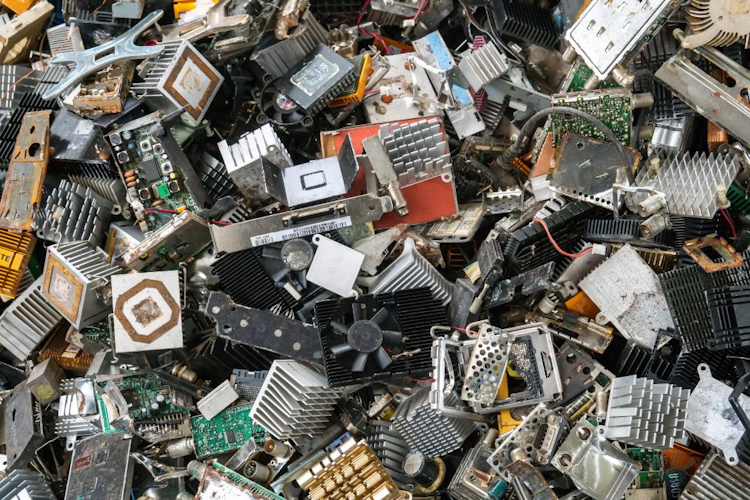
Electronic waste (e-waste) is discarded electrical or electronic devices, chiefly computers and consumer electronics. Due to the high rate of technological growth, e-waste is now one of the fastest growing waste streams in terms of generation. Electronic waste disposal carries with it major environmental, health and regulatory issues. Yet there are also new strategies and technologies being developed to address these concerns in hopes of guiding the industry toward more sustainable practices.
Rising E-Waste Crisis
The total e-waste generation is just the tip of the iceberg. E-waste in numbers The Global E-waste Monitor 2024 estimates the world produced about 62 million metric tons of e-waste in 2022 and expects that to rise by nearly two megatons per year at least until 2030 as steps are taken toward achieving a circular economy for electronics. The U.S., China, and India top the table when it comes to e-waste production, with 7.4 million tons produced in America alone last year
This type of waste crisis includes but not limited to: metals such as gold, silver and copper hazardous material for example lead mercury and cadmium If not adequately disposed of, these toxic metals can migrate into soil and water leading to serious environmental contamination as well as hazards to public health. The informal recycling sector – common in many developing countries – also manages e-waste through dangerous processes, emitting hazardous substances and heavily polluting the environment.
Problems With E-Waste Disposal
The main difficulty in dealing with e-waste is the diversity of electronic products. Modern electronics consist of various components, including metals (steel and aluminum), plastics, glass but also small devices like batteries or circuit boards. These appliances are often difficult to disassemble and recover materials from because of how intricate they were initially designed, without recycling in mind.
Lack of awareness and infrastructure for e-waste disposal is another key challenge. In most areas, consumers don’t know how to properly recycle electronics or their region lacks an easy access recycling program. The result is massive amounts of e-waste being dumped in landfills where they can leach toxic chemicals into the surroundings.
The global character of the electronics supply chain also makes it difficult to regulate e-waste disposal. Developed countries ship used electronics to developing flooring, where they are dismantled in an unsafe manner. Although international treaties, such as the Basel Convention, aim to hold this trade in check, enforcement is lax and illegal e-waste transfers persist from developed countries like Australia with laws regulating their toxic exports along a global chain that stretches all the way across continents.
Approaches to Sustainable E-Waste Management
However, many steps can be taken to efficiently manage e-waste and mitigate its adverse effects on the environment as well as human health.
Extended Producer Responsibility (EPR)
Extended Producer Responsibility (EPR) is a policy approach which recognizes the responsibility of all brand owners, manufacturers importers and retailers for their product even after its useful life. Producers have the responsibility to accept their used devices from end-users and get them disposed off or recycled through a proper channel under EPR based schemes. This policy encourages makers to create more easily disassembled and recyclable products, thereby reducing e-waste.
Successful Extended Producer Responsibility (EPR) programs have been put in place by countries such as Germany, Japan and South Korea to augment e-waste collection/recycling rates. While the United States does not have a national framework for EPRs on electronics yet, many states within country already have passed such laws (California and New York being notable)
Development of Recycling Technologies
Further improvement recycling technology is necessary to carry out the efficient and effective e-waste disposal. Shredding and mechanical processing of e-scrap for traditional recycling methods can result in the loss of valuable materials as well release hazardous substances.
But there are now better ways to ensure that valuable materials can be reclaimed from e-waste using advanced metallurgical processes and automated disassembly systems in emerging recycling technologies. These include pyrometallurgical and hydrometallurgical processes that allow for the extraction of precious metals with greater purity, more sustainability than traditional methods. Further on, robotic systems are being developed for the dismantling of sophisticated electronics to reduce manpower costs and enhance material recovery ratios.
Consumer Awareness and Participation:
Increased consumer awareness of the need for proper e-waste disposal and increased recycling convenience both serve to decrease landfill-incurred harm from e-scrap. These types of campaigns, public awareness drives as for Take Back programs urging consumers to return their electronics – used ones only- back to stores or manufacturers can be part and parcel.
To make recycling easier, Best Buy and Staples in the U.S. accept many electronic devices at no cost through e-waste recycling programs from their retail locations. This entire practice makes it very clear that how far has the e-waste disposal technology and business have come to enhance its environment saving activities, also municipalities along with a few non-profit organizations conduct various types of drives in order to make sure every consumer can easily dispose-off their electronic legally.
International Cooperation and Regulation
Solving the global problem of e-waste recycling is hardly a promise as it would need international collaboration and more stringent measures to enforce regulations. One of the key tools that helps regulate e-waste exports to developing countries is the Basel Convention about transboundary movements of hazardous wastes. This is vital to improved global management of e-waste and enforcing the treaty even more will stop illegal shipments that have been taking advantage from existing loopholes.
Developing countries also need to be assisted in strengthening the well-functioning of e-waste recycling. The formalisation of the recycling economy in these countries could be supported by international organisations together with developed nations through technical assistance and funding.
Electronic waste disposal is a complicated issue that mandates interdisciplinary collaborations between manufacturers, governments, consumers and recycles alike. Reducing the environmental and health costs of e-waste through policies such as Extended Producer Responsibility, promoting recycling technologies, consumer awareness and enforcing international rules can ameliorate these challenges. Given the rising global demand for …
Read more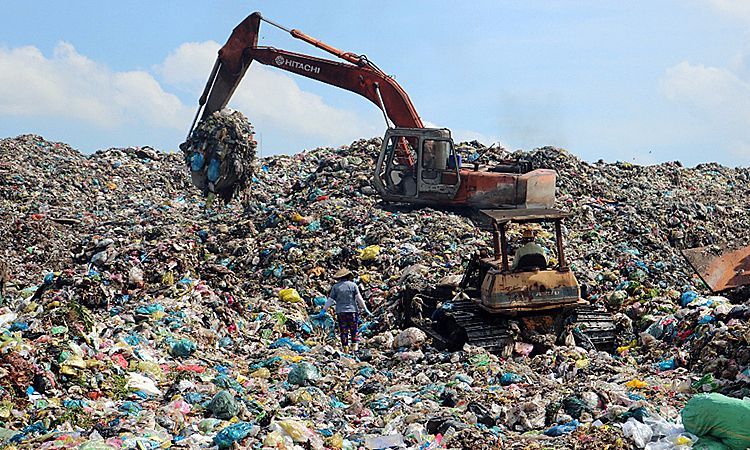

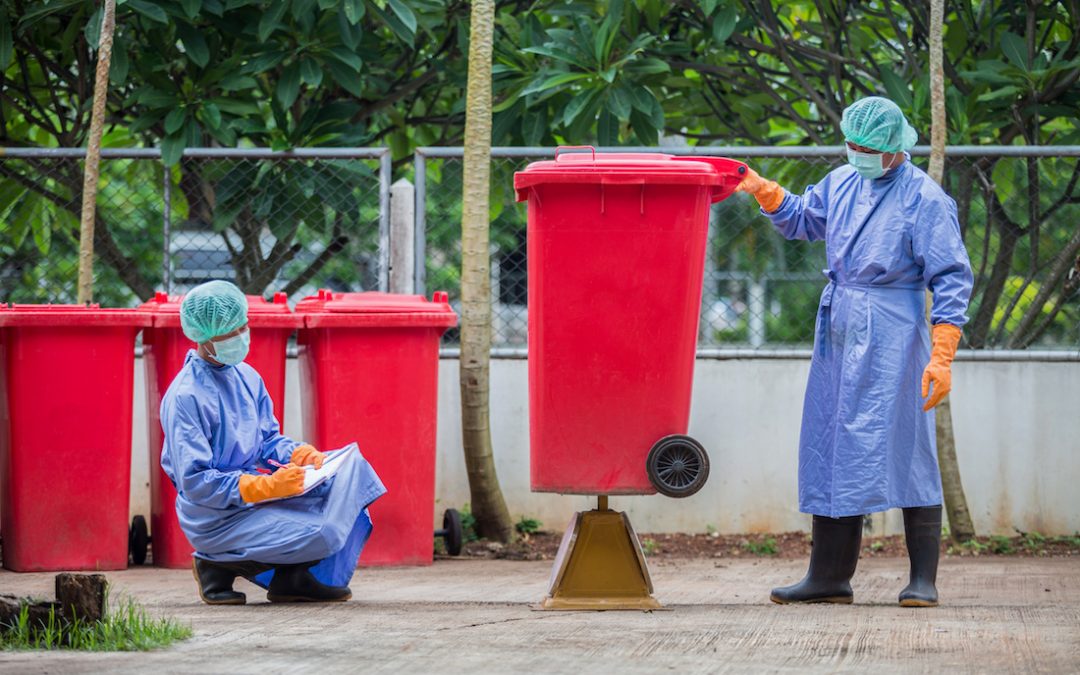
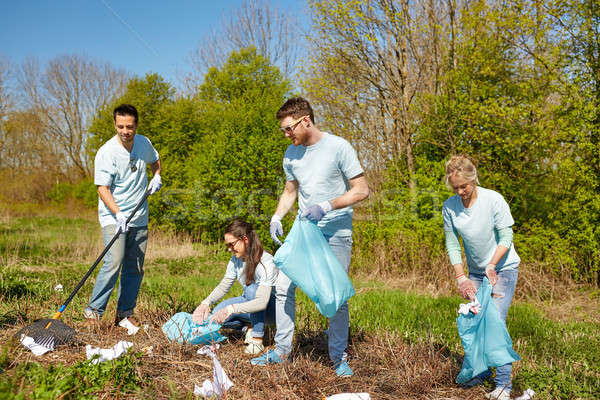
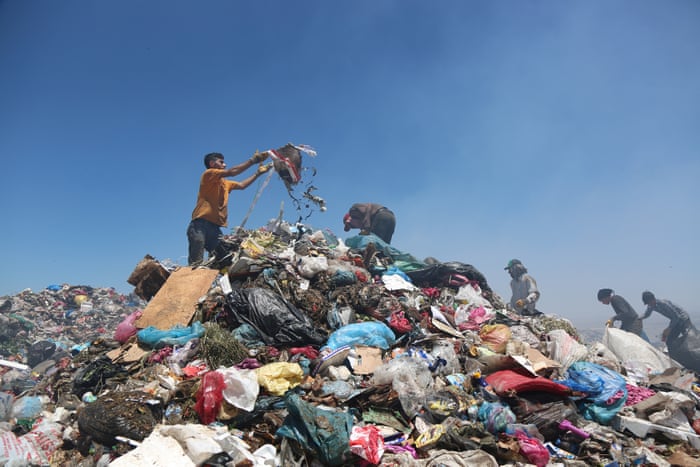
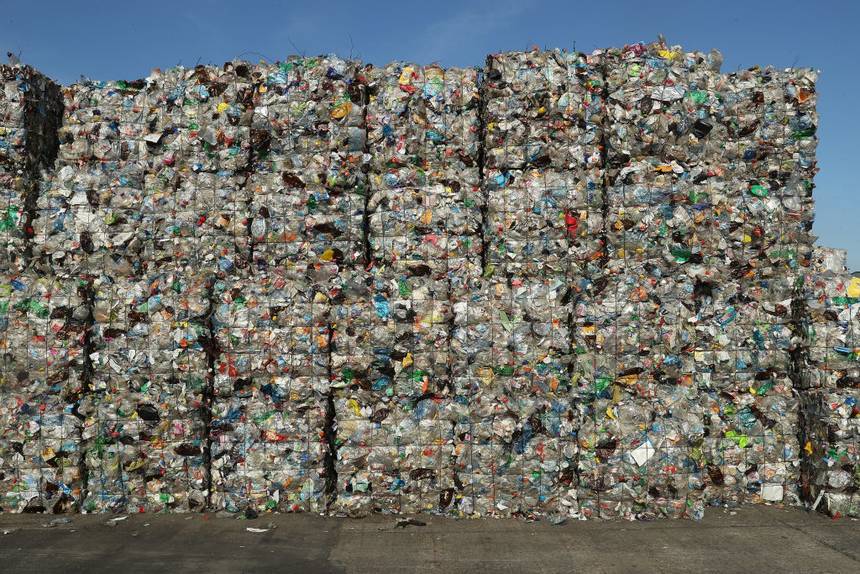

 …
…
